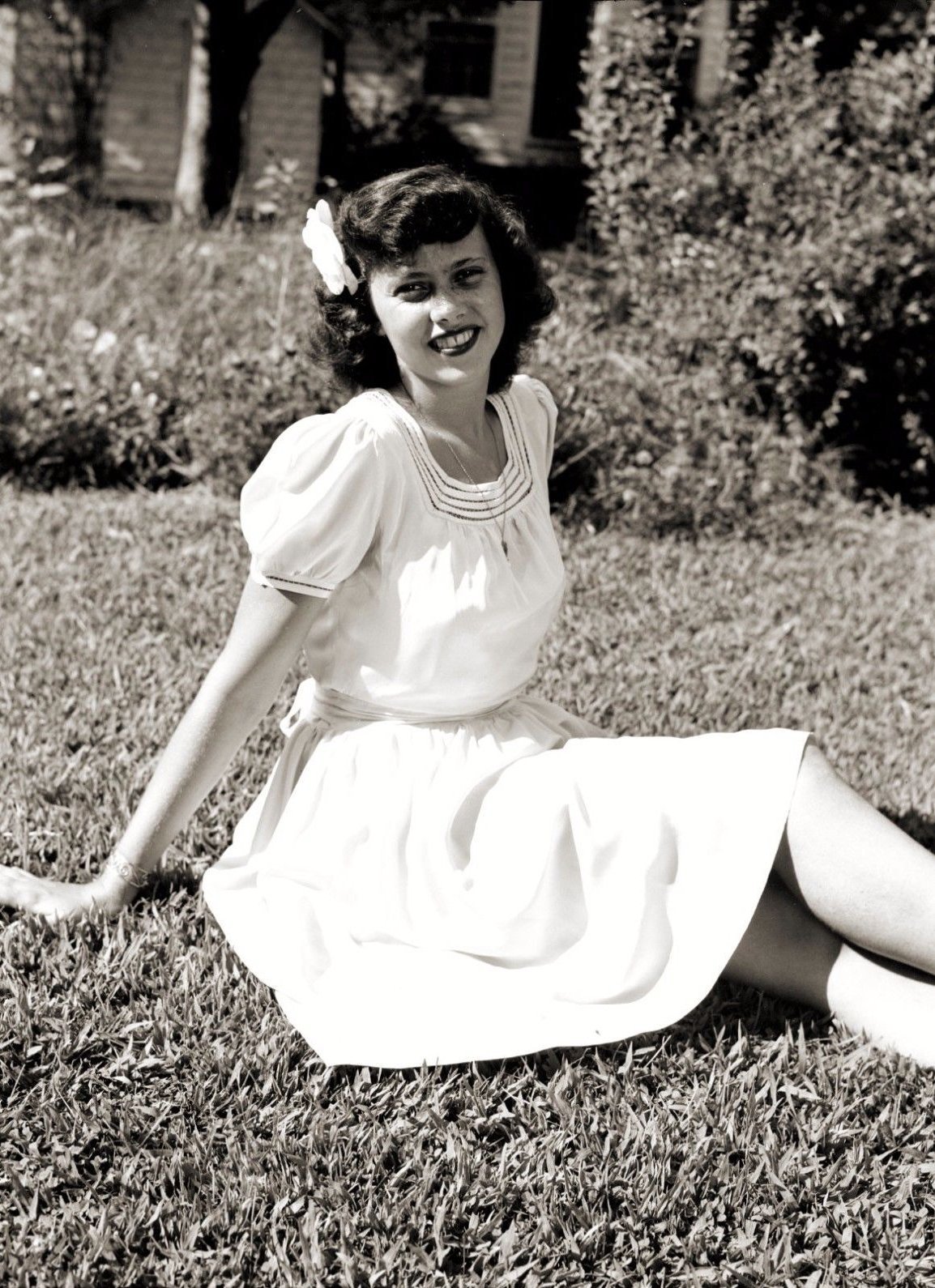The 1940s was a decade marked by significant changes in fashion, influenced by World War II and the emerging post-war culture. As we delve into the world of 40s attire, you'll discover the unique styles and trends that defined this remarkable era. From the practicality of wartime clothing to the glamorous designs of the post-war period, the 1940s offered a diverse range of fashion choices that continue to inspire contemporary style.
In this article, we will explore the key elements of 40s attire, including the iconic silhouettes, fabrics, and accessories that characterized the decade. We will also discuss how social and economic factors influenced fashion trends and how these styles have evolved over the years. Whether you're looking to incorporate vintage pieces into your wardrobe or simply appreciate the history of fashion, this guide will provide you with valuable insights into the world of 40s attire.
Join us as we take a closer look at the fashion of the 1940s, highlighting the essential components that make up this distinctive style. Let's dive into the captivating world of 40s attire and celebrate the timeless elegance that continues to resonate today.
Table of Contents
- 1. The Impact of World War II on Fashion
- 2. Key Fashion Trends of the 1940s
- 3. Iconic Pieces of 40s Attire
- 4. Fabrics and Textiles Used in the 1940s
- 5. Accessories that Defined the Decade
- 6. How to Incorporate 40s Attire into Modern Fashion
- 7. Notable Figures and Their Influence on 40s Fashion
- 8. The Legacy of 1940s Fashion Today
1. The Impact of World War II on Fashion
World War II had a profound effect on fashion in the 1940s. With the majority of resources being diverted to support the war effort, clothing production was significantly restricted. This led to several key changes in fashion during this period:
- Limited Fabrics: Many fabrics were rationed, leading to the use of simpler designs and materials.
- Utility Clothing: Governments introduced utility clothing regulations to ensure that garments were functional and could be produced with minimal resources.
- Military Influence: Military styles became prevalent in civilian fashion, with elements like tailored jackets and structured silhouettes.
2. Key Fashion Trends of the 1940s
The 1940s saw a range of trends that reflected both the hardships of wartime and the desire for elegance in the post-war years. Some prominent trends included:
2.1 Wartime Practicality
Due to fabric rationing, clothing became more practical, with a focus on durability and comfort. Popular styles included:
- Pencil skirts
- Boxy jackets
- Simple blouses
2.2 Post-War Glamour
As the war ended, fashion shifted towards more glamorous and sophisticated designs. Highlights included:
- Full skirts with voluminous petticoats
- Elegant evening gowns
- Bold prints and colors
3. Iconic Pieces of 40s Attire
Several key pieces defined 40s attire. Here are some of the most iconic:
- The Suit: Tailored suits became the go-to choice for women, often featuring shoulder pads and a fitted silhouette.
- The Wrap Dress: Introduced by designers like Claire McCardell, this dress emphasized a woman's figure while being easy to wear.
- The Peacoat: This classic outerwear piece was popular among both men and women, offering warmth and style.
4. Fabrics and Textiles Used in the 1940s
During the 1940s, the types of fabrics available were heavily influenced by wartime restrictions. Commonly used materials included:
- Wool: Often used for suits and outerwear due to its durability.
- Cotton: Frequently employed for everyday dresses and blouses.
- Rayon: A popular alternative to silk, rayon was widely used in evening wear.
5. Accessories that Defined the Decade
Accessories played a crucial role in 40s attire, adding flair and sophistication to outfits. Key accessories included:
- Hats: Wide-brimmed hats and berets were essential for both men and women.
- Gloves: Gloves were a must-have accessory for formal occasions.
- Handbags: Small, structured bags were popular, often matching the outfit.
6. How to Incorporate 40s Attire into Modern Fashion
If you're interested in incorporating 40s attire into your wardrobe, consider the following tips:
- Mix Vintage and Modern: Pair vintage 40s pieces with contemporary items for a balanced look.
- Focus on Key Silhouettes: Look for pencil skirts and tailored blazers that evoke the 1940s style.
- Accessorize: Don’t forget to add accessories like hats and gloves to complete your outfit.
7. Notable Figures and Their Influence on 40s Fashion
Several influential figures shaped the fashion landscape of the 1940s. Some notable names include:
- Christian Dior: His "New Look" revolutionized women's fashion in the late 1940s.
- Gabrielle Chanel: Chanel continued to influence fashion with her timeless designs and emphasis on comfort.
- Claire McCardell: A pioneer of American sportswear, she introduced practical yet stylish clothing for women.
8. The Legacy of 1940s Fashion Today
The fashion of the 1940s continues to inspire designers and fashion enthusiasts alike. Elements of 40s attire can be seen in contemporary fashion, proving that this era's style is timeless. Whether through vintage-inspired collections or modern adaptations, the legacy of 40s fashion lives on.
Conclusion
In summary, the fashion of the 1940s is a fascinating blend of practicality and glamour, shaped by the events of the time. From the impact of World War II to the iconic pieces that defined the decade, 40s attire offers a rich history that continues to influence fashion today. We encourage you to explore vintage styles and incorporate them into your wardrobe. Share your thoughts in the comments below and don’t forget to check out other articles on our site for more fashion insights!
Penutup
Thank you for joining us on this journey through the world of 40s attire. We hope you found this guide informative and inspiring. Fashion is a reflection of culture and history, and we invite you to explore more about it with us. Come back soon for more exciting content!




